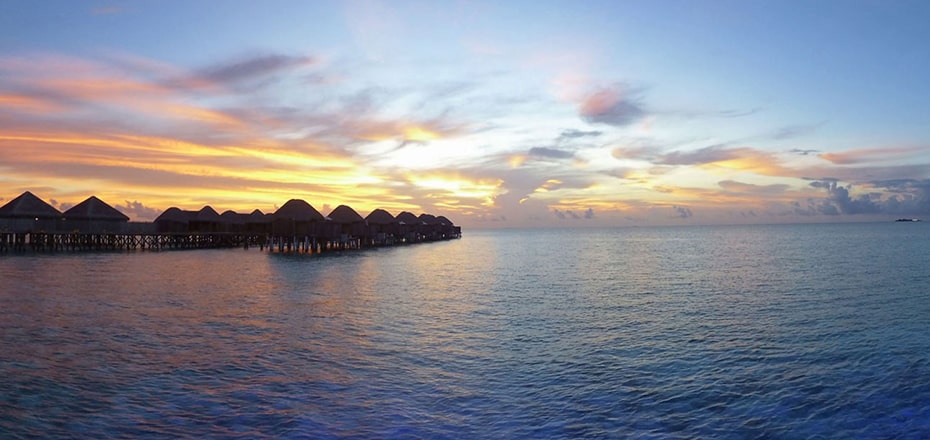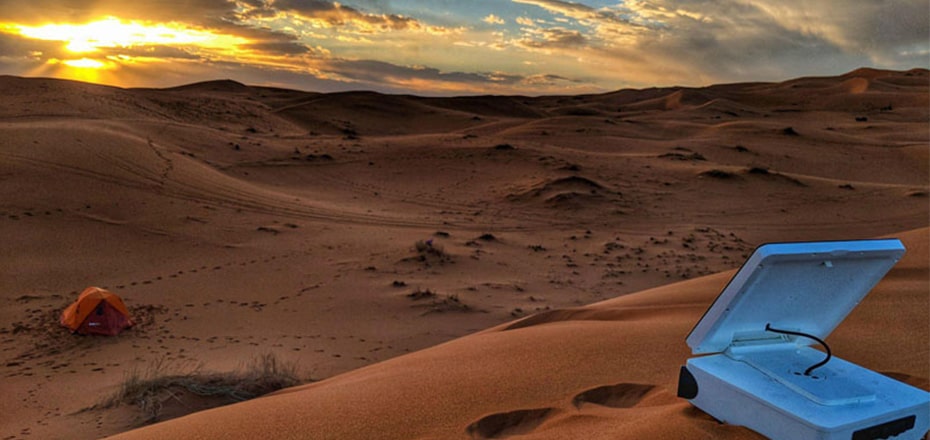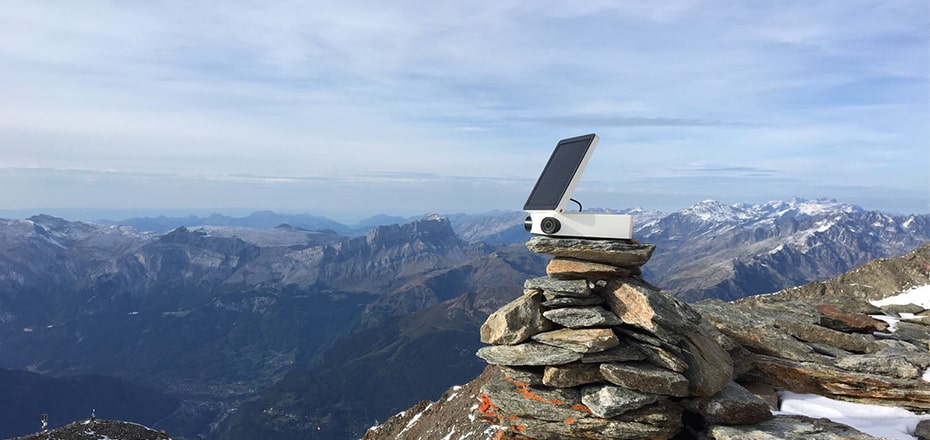Helpdesk / FAQ
User Guides and Updates
Free demo
Timelapse Planner
Order tracking
Shipping
Trade in offers
Contact us
More about time lapse
More about time lapse

Stand out from the crowd
A timelapse is a short video that allows to reveal the evolution of a series of events, invisible to the eye. This photographic technique makes it possible to follow the evolution of an object over a longer or shorter period.
Choose the story you want to tell
The time lapse is used to observe the hatching of a flower, to follow a sporting event or a show, or a construction site, etc. Thanks to the timelapse you can follow in a few seconds the evolution of an event normally too long to be perceived in real time.

A need for new digital emotions
Publications with videos are 10 times more shared compared with texts or images ... Digital imaging is a unique way to save time, memories and emotions. Nowadays technologies can ensure that each image is a story worth to reveal, analyze and share.
Construction & communication tool
To immortalize several months of work and to value the result, time lapse is probably the most suitable tool. With the timelapse, site monitoring becomes a communication tool that can be relayed on social networks or broadcast during an inauguration.

Events & storytelling
To capture the before, during and after dynamics of an event, time lapse is the best media. Time lapse is a great storytelling tool for brands and for all those who have a story to tell, an event to immortalize. You can tell in a timelapse what you could not describe in a few words. The timelapse allows to say more in less time. ...
Living moments & emotions
A long-term event, incredible images, emotions, art, imagination, time lapse is all this at the same time. It’s not about describing an event, a photograph, a video, it’s about living it. Time lapse can capture the emotions and highlights all types of moments. You will never relive your memories again in the same way.
What is Time-lapse?
Many cameras nowadays offer the option to adjust the recording rate from the menu. Isn’t it amazing how easily you can get an answer to your question about how to create a video from still images? When you shoot a time lapse, you're doing something known as under-cranking (the term comes from when film cameras were hand-cranked).
Suppose you are familiar and well acquainted with the definition of time-lapse photography. In that case, you're probably aware that, in addition to the video of flowers blossoming and celestial motions, time-lapse photography achieves this sped-up effect by recording events at a considerably slow frame rate than the one at which they are subsequently played back.
As a result, the illusion of events happening at a far quicker pace than they did is produced. For the first time, this has allowed us to observe numerous events that would normally be lost to human sight since they occur over such a lengthy period.
A Detailed Definition: TimeLapse
The word or text time-lapse photography, according to the English dictionary (or Time lapse accéléré in French) , is a cinematography method in which a photographer takes a series of still pictures of the same frame at regular intervals over some time, then plays the whole sequence back in fast succession. For example, individual images of a flower developing over time may combine to create a movie that shows how it progresses from seedling to fully bloomed blossoming.
The History
You would be amazed at how long time-lapse has been a part of our lives. The time lapse history dates back to late 1800s. Eadweard Muybridge created the world of time lapse for us by capturing the galloping horses in motion. Nowadays, the most common use of time-lapse photography is to capture sluggish actions that would otherwise be boring or undetectable if seen with the unaided eye. Some examples are the growing of a plant or a busy highway. Time-lapses, on the flip side, may be used to capture quick movements and make them seem even faster (e.g., a waterfall)
The Experiment
Time-lapse photography took birth from science, but its applications have grown towards more artistic fields. Compared to Hyperlapse, the scientific acceleration is lower in time lapse. However, various time lapse science experiments are used to enhance the visual appeal of photography. The art of photography has evolved to the extent that one could observe a huge shift in its application and experience.
Creating videos from static images
After knowing the definition, time-lapse photography should not feel like an alien concept. To comprehend how time-lapse photography works, we must first comprehend how videos are created.
When we perceive motion in movies and television, we view single pictures presented one after another at a set frame rate. This frame rate or speed is often between 24 and 30 frames per second, so if we view 10 seconds of video, we're seeing 240-300 separate pictures being shown extremely rapidly to generate motion.
If we apply the same logic to photography, we have to capture a certain number of pictures, one after the other, over a set period. We've just made a time-lapse movie when we play it at, say, 25 frames per second.
Before everything else, you must consider the subject's mobility while preparing your shot. You need to assume if the speed could be kept in control or not.
Will there be much of a change in the long run, or will everything remain the same? A more intriguing outcome may be achieved by planning your picture and selecting a topic in a changing environment. This may be anything from the sun setting to city traffic to a shift in the weather.
Remember that time-lapse photography follows the same principles as traditional photography, so don't forget about composition. Consider utilizing the rule of thirds to frame your picture and search for intriguing leading lines — and control to make sure your shot is free of distracting items.
Equipment Required
Several types of equipment are imperative to the application of time-lapse. This section deals with the various equipment that you would require using time-lapse. So without much ado, let us quickly look at the list of equipment required for time lapse.
Tikee 3
The two Time lapse cameras for different uses. Professional (jobsite monitoring) & recreational use (photography)
CSC or DSLR Camera
Any camera that can shoot in manual mode would suffice.
Lens
Any lens will suffice, but it all depends on the subject matter. It is recommended to use lenses with focal lengths ranging from 14mm to 200mm.
Tripod
What you need is a sturdy type tripod that won't blow away.
Intervalometer
An intervalometer is required so that your camera may take continuous pictures without your intervention. These are now integrated into many cameras.
To lock all of your camera's settings, make sure your camera is in manual mode. Aperture, exposure duration, and ISO are all included. You may see a flutter in your final timelapse movie if your camera is not in manual mode and is continuously changing these settings. If you're unsure which manual settings to use, put your camera in auto mode to discover the best settings, then use those settings in manual mode. The Interval of Time is a two-dimensional timelapse that allows to view the evolution of a scroll. The Interval is used to describe the progressive development of a detail, on a lapse.
Top 5 time-lapse videos to discover the incredible landscapes of Northern Europe
Many of us have had the opportunity to visit some of the most beautiful places in Europe. We discover them through our walks, our photographs or our videos. The time-lapse video allows us to discover these same countries through a new eye, with events imperceptible at the precise moment, but incredibly beautiful when gathered and accelerated. Let's go for a European tour of the most beautiful time-lapse videos...
5. Latvia
On the border with Russia, Latvia is located in the North of Europe. It is a small country with only 2 million inhabitants, but big in its richness, with many cultures (at least 7 different) and a flourishing nature. It is one of the greenest countries with one of the rarest ecosystems in the world.
The time-lapse video below summarizes in a few minutes the most beautiful shades of colors of the wilderness of Latvia...
Credits : Colourful Shades of Lativa by Kaspars Daleckis
4. Sweden
A capital whose archipelago is made up of 24,000 islands, an ultra-researched design, ice skating tours, the right to free access to nature... Have you ever visited this country? Rich of numerous natural spaces, an impressive diversity of fauna and flora, Sweden is a wonderful place to make breathtaking time-lapse videos. We let you get lost in the heart of its green forests and its peaceful lakes...
Credits : The Beauty of Sweden and Norway – A Time Lapse Journey by Tommaso Maiocchi
3. Norway
Often known as the country of fjords, it hosts the first underwater restaurant in Europe at 5 meters below sea level. You will have guessed it, we are going to Norway through a mystical time-lapse video that transports us between fjords, small marinas and seas of clouds. Let yourself be transported by these wild landscapes and colorful houses!
Credits : Mystic Norway by Tomi Rantanen
2. Finland
This country is also called the "land of a thousand lakes", it actually has 188,000 lakes. Its "Jokamiehen Oikeus" or customary right of access to nature offers incredible opportunities to capture in photos and time-lapse the most spectacular natural areas. Did you know that this country also has the highest number of saunas per capita (1 per 2 inhabitants) with more than 3 million saunas? Let's go and see the most beautiful northern lights of Finland in time-lapse video...
Credits : Inari, Finland Has Crazy Northern Lights by Tomi Rantanen
1. Iceland
If time-lapse had been invented to follow the beauty of the wild diversity of an island, it would be this one...
A small country lost in the middle of the Atlantic Ocean, one of the most popular and most visited wild places in Europe, northern lights, geysers, snowy peaks, did you find it? It is obviously Iceland. This incredible country is also a great photographic source thanks to its diversity of colors and landscapes... An ideal place to make your most beautiful time-lapse videos.
We invite you to follow the sun in Iceland through this time-lapse video...
Credits : Zenith: Chasing Light in the Icelandic Highlands by Henry Jun Wah Lee / Evosia
Bonus : Finnish Lapland, the country of Santa Claus and the best place in the world to observe the most beautiful aurora borealis...
Credits : Finnish Lapland by Miquel Such
The timelapse is a dream for future travelers
Crossing infinite lands, visit many beautiful monuments, or many cities in a short time …
The timelapse video makes you want to travel, to visit, to dream … We travel virtually through images and breathtaking events that encourage us to visit this place in a real way. The timelapse video also captures unique moments that would be elusive in a single photo or short video.
TV shows that innovate with time-lapse
The use of time-lapses photography in movies is new (Ce qui nous lie from Cedric Klapisch for example, where you can follow the seasons and vine vegetation growth through time time-lapse). But TV shows already uses this technique for a long time. We took this opportunity to review TV shows that use time-lapse.
The construction of film sceneries in timelapses!
Take a look for Time-lapse take us behind the scenes, showing us their construction. They are dealing with real construction site, a tedious work we acknowledge thanks to the timelapses. Indeed, it’s sometime pretty complicated to realize all the work done on a movie.
A self-sufficient time lapse camera in Cannes
Cannes Festival like each years. We took this opportunity to talk about time-lapses and cinema. Timelapse is little used in movies and often restricted to documentary films (e.g. Baraka, the Qatsi trilogy). However, we’ve found lots of timelapses dealing with the making of some movies. That’s why we are offering here three timelapses took from the backstages !

